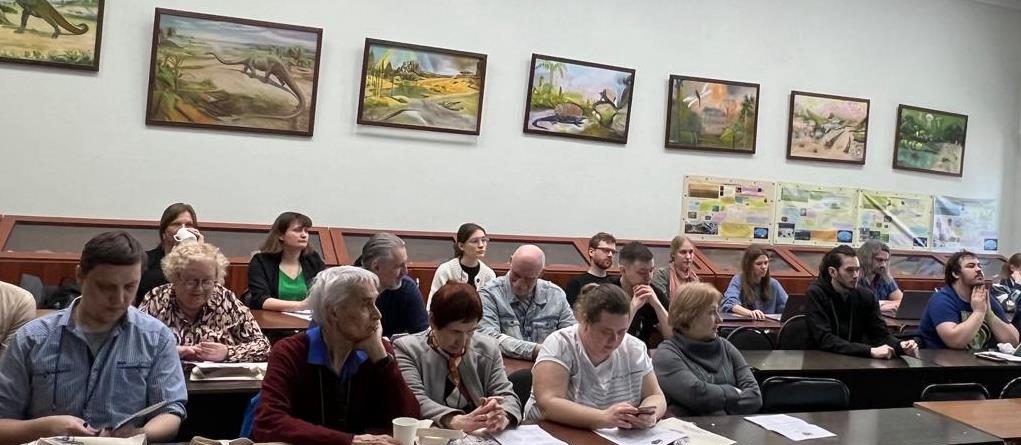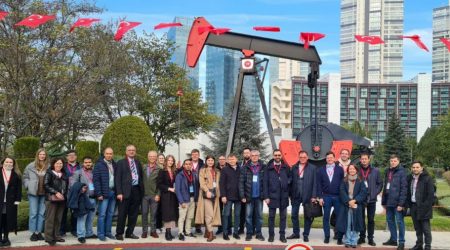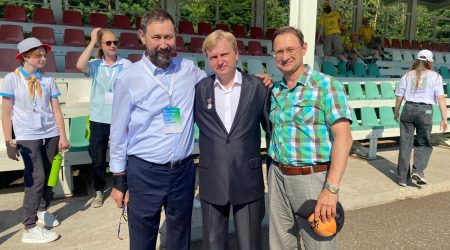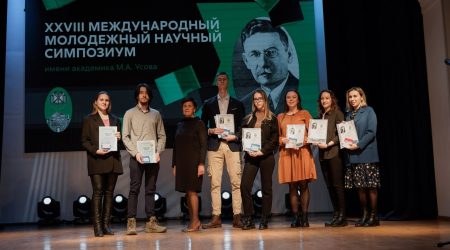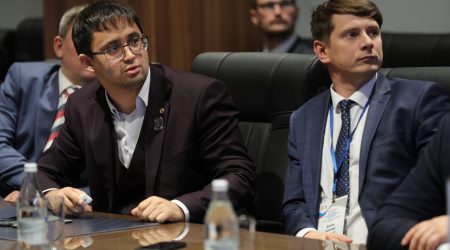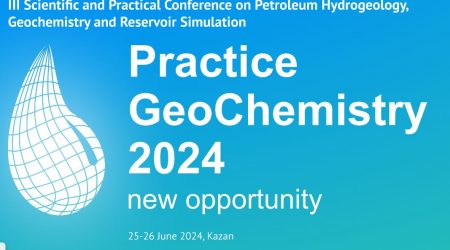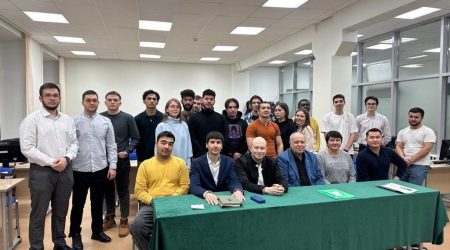Paleomagnetism and Rock Magnetism School-Conference
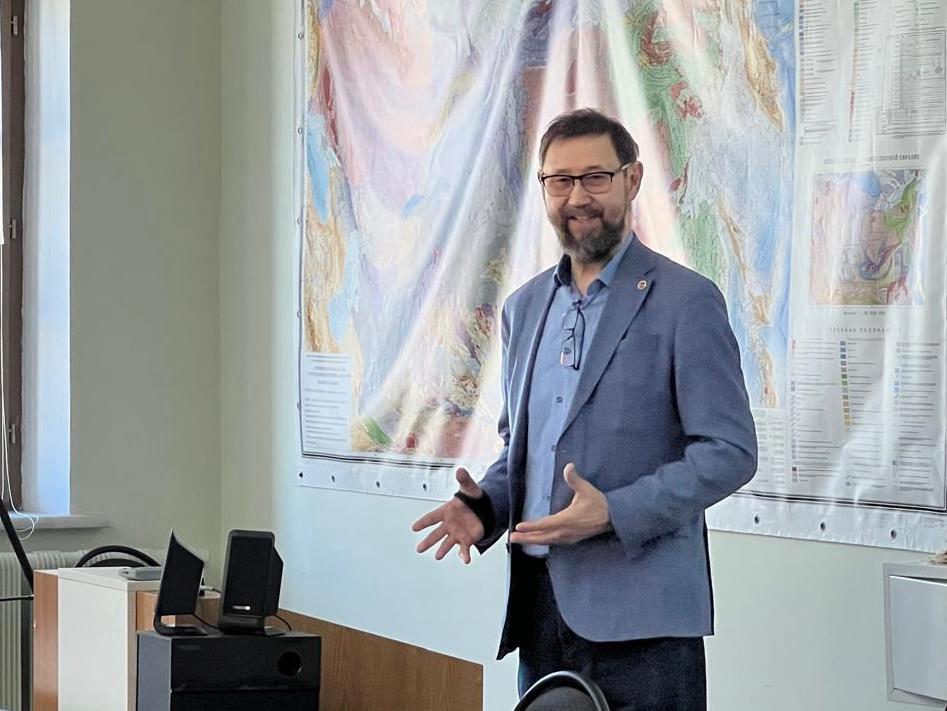
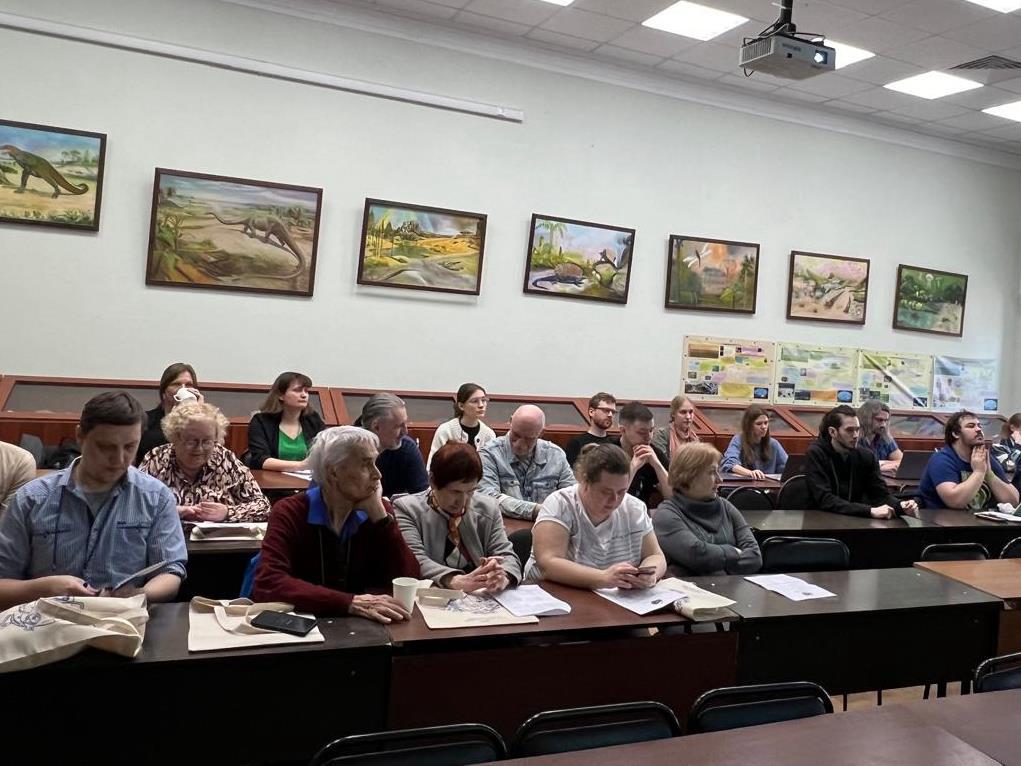
The event takes up 31 March to 4 April.
On the opening day, Vice-Rector for Earth Sciences Danis Nurgaliev welcomed the participants, “Paleomagnetism is amazingly interesting! Research in this area helps to understand when the Earth’s magnetic field emerged, what was it like a billion years ago, when it disappeared and reappeared, and how its changes influenced the biosphere and the geosphere.”
Organizing committee vice-chairman, Chief Researcher of the Borok Geophysical Observatory of the Institute of Earth Physics (Russian Academy of Sciences) Valery Shcherbakov has been joining the forum for over 50 years now, “The atmosphere here is very warm. Paleomagnetists are special people. They spend much time in harsh conditions to collect samples. There could be no such thing without mutual support and friendship.”
“The specifics of our science is that you cannot experiment. We only have tangential evidence. How much we can trust our data is a very pertinent question. So the problem only has a complex decision. We need to use precise methods to obtain a reliable result,” adds the scientist. “Life on Earth wouldn’t exist without the magnetic field. It protects us from cosmic radiation, and the atmosphere would be swept away by the solar wind without it.”
There is nothing alarming in the shifts in the magnetic field, says the renowned researcher, “The geomagnetic field grows and weakens constantly, and this is normal.”
Senior Researcher of the Laboratory of the Main Geomagnetic Field and Petromagnetism of the Institute of Earth Physics Alexander Pasenko comments, “This is the only conference in Russia gathering experts in rock magnetism and the magnetic field. You have world-level scientists here. My colleagues and I try to visit regularly.”
Marina Kuzmichyova, Senior Researcher of the Laboratory of Mathematical Modeling of Geophysical Processes of the Institute of Geosphere Dynamics, studies a crater from a million-year-old meteorite, “I decided that the Zhamanshin crater must contain a big portion of rocks comprising impact melt from the meteorite.”
She also studies asteroid risks – magnetic measurements of craters help to determine the sizes, energies and other parameters of impact bodies, “Asteroid hit Earth, Moon, and Mars in equal proportions, but our planet can hide their traces because of plate tectonics and erosion.”
This year’s event gathers experts from Kazan, Moscow, Saint-Petersburg, Vladivostok, Saratov, Novosibirsk, and other Russian cities.

